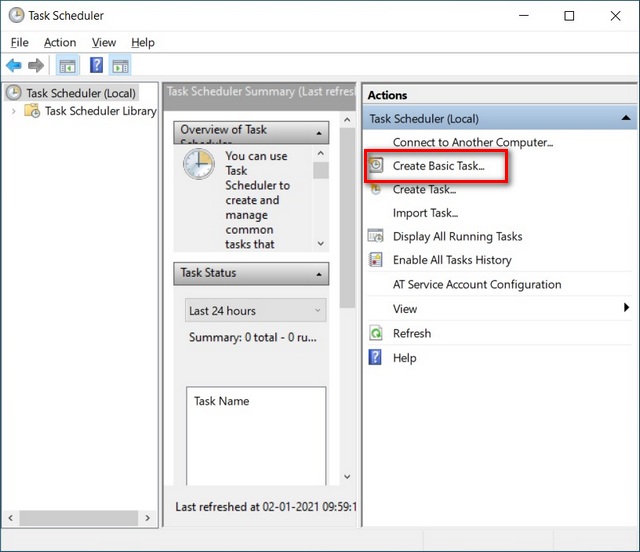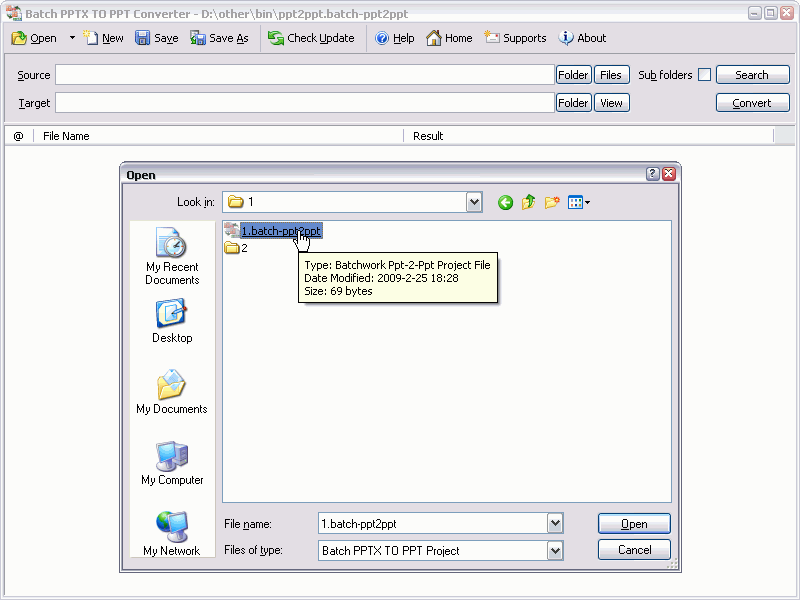

Echoes the complete string rather than splitting the command line at the & character.Enclosing the percent sign in quotation marks or preceding it with caret does not work. But in a batch file, you have to use a double percent sign (%%) to yield a single percent sign (%). On the command line, it does not need quoting or escaping unless two of them are used to indicate a variable, such as %OS%. By contrast, when you use caret as an escape character, the caret does not become part of the argument passed. When you surround the string using quotation marks, they become part of the argument passed to the command invoked. A newline can be escaped using caret as well. In some circumstances, ! and \ may need to be escaped. The variable name match is case insensitive: %PATH% and %path% have the same effect. For example, %PATH% is replaced by the value of the PATH environment variable. % varname%, such as %PATH% or %USERNAME%, is replaced with the value of the named environment variable.Variable specifications are replaced with values as follows: These comprise a % character followed by a name, followed by a second % character unless the name is a digit in 0. Variable substitution Ĭommand lines can contain variable specifications. Redirection: Redirection specifications are applied, and removed from the command line, before an individual command in a sequence is executed.Syntax: Command lines are developed into a sequence of commands according to a syntax.Quoting: Special characters can be quoted, to remove their special meanings.Variable substitution: A command line is scanned for variable specifications, and any found are replaced with the contents of those variables.

The parsing of a command line into a sequence of commands is complex.
#Batch file choice command as timer windows#
Using the Windows command interpreter How a command line is interpreted

Another alternative for scripting Windows is the popular Python with its pywin32 and wmi libraries however, that requires installation.

cmd.exe can be enhanced by commands known from other operating systems see #Unix commands. Nonetheless, cmd.exe is still useful for simple scripting and command-line interaction tasks, often offering shorter syntax and quicker startup time, and working with the character stream pipelining familiar from other operating systems.
#Batch file choice command as timer full#
PowerShell capabilities vastly outstrip those of cmd.exe PowerShell has the capabilities of a full programming language, including typed content of variables, floating-point arithmetic, big integers, GUI programming via. NET and whose streams for pipelines are objects, not character (byte) streams. Other subject terms include "batch file programming", "batch file scripting", "Windows batch command", "Windows batch file", "Windows command line", "Windows command prompt", and "Windows shell scripting".įor Windows scripting, cmd.exe is a legacy technology a modern equivalent is PowerShell, which is based on. The subject of this book is also known as "batch programming", even though "batch" refers not only to batch files for MS DOS and Windows command interpreter. To find out about a particular command, type the name of the command followed by "/?". To obtain an extensive list of Windows commands and their short summaries, open the command prompt on any Windows computer, and type help. Then it describes various commands available. This book first describes using the Windows NT command interpreter, how it receives, parses, and processes commands from users. You can find out which version of Windows you are running using the VER command. It does not address commands that are specific to DOS environments and to DOS-based operating systems, such as Windows 95, Windows 98, and Windows Me, whose Microsoft-supplied command interpreters are in fact DOS programs, not Win32 programs. This book addresses 32-bit Windows commands applicable to modern versions of Windows based on the Windows NT environment. 2 Using the Windows command interpreter.


 0 kommentar(er)
0 kommentar(er)
